How teachers can navigate the future with AI
)
How can educators leverage the immense power of AI while simultaneously protecting students from its potential risks?
Policymakers face the same question. To find an answer, the UK government called for teachers to share their thoughts and experiences with AI. They summarised their findings in a 2023 report, covering how AI has been adopted and applied as well as its challenges, opportunities and impacts so far. Most interestingly, it captures attitudes towards AI.
How have students and staff been using AI? How do they feel about it? And what’s up ahead?
Here’s an overview of what researchers found:
How AI is being used in the classroom
Teachers are finding that AI can help them design materials tailored to students' unique needs, in a fraction of the time. Educators are also getting a helping hand from AI with day-to-day tasks like planning lessons, keeping track of schedules, and even writing report cards.
AI can give teachers a creative boost, helping them come up with fresh ideas for teaching tough topics. Respondents also highlighted that it can be a confidence booster for teachers who might be teaching out of their specialty or in a second language.
Students get a more tailored learning experience because AI can adjust explanations to fit their understanding. And as a bonus, teachers can spend less time on the paperwork and more time doing what they love – teaching.
The challenges of using GenAI in schools
Some teachers feel like they're playing catch-up with the new platforms and skills GenAI requires and may find it hard to use AI to its full potential. With technology evolving at breakneck speed, it can be difficult to stay current with developments, releases, techniques and best practices on top of classroom responsibilities.
There are also some serious questions around ethics that even tech experts are debating. Is it fair to let students use AI in their homework? Does it accurately assess if they understand what they’re taught? Is it necessary to equip them for the future workforce? How do you deal with AI mistakes? How do you keep student data safe? How do you approach difficult conversations, such as when AI repeats harmful biases or misinformation?
Moreover, there’s the larger question that the convenience of GenAI might build an overreliance on tools where students and teachers should be investing human time and effort. As respondents noted, working through tedious tasks is sometimes a necessary step to reap larger rewards. For example, students might miss out on sharpening critical thinking and problem-solving skills, and some of teachers’ most dreaded tasks (eg writing letters to parents, grading papers and writing reports) meaningfully informs their work and develops their professional skills.
The road ahead
The varied responses made one thing clear: GenAI is as divisive as it is powerful. AI has made a dramatic entry into schools and universities. Positive outcomes include easing workloads, personalising learning, and fueling creativity. However, there are also concerns about privacy and safety, changing assessment procedures and unearthing tough questions about ethics, development and student wellbeing.
Educators’ attitudes were mixed. Some are keen to forge ahead with AI in the classroom and learn as they go, while others are calling for restraint and caution until the technology is buffered by policy, planning, regulation and support.
For GenAI to be effective in education, support for educational staff, students and their families is crucial. Training, education, and awareness are key to unlocking the potential of GenAI and addressing its challenges. GenAI will be a part of teachers’ and students' lives. The question that remains is “how?”.
Tags
- AI
- attitudes
- challenges
- educators
- feel
- find
- future
- genai
- navigate
- potential
- question
- report
- skills
- staff
- students
- tasks
- teachers
- teaching
- time
- using
- writing


)
)
)
)
)
)
)
)
)
)
)
)
)
)
)
)
)
)
)
)
)
)
)
)
)
)
)
)
)
)
)
)
)
)
)
)
)
)
)
)
)
)
)
)
)
)
)
)
)
)
)
)
)
)
)
)
)
)
)
)
)
)